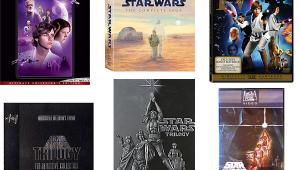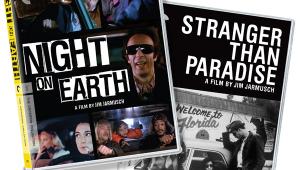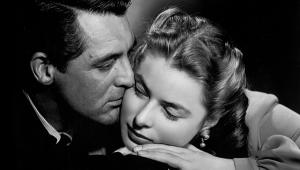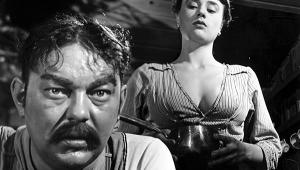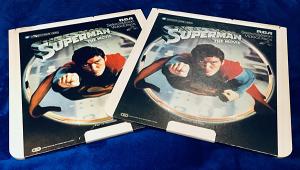Nashville

There’s no main character or even a single story arc; Nashville instead assembles a melting pot of genuine characters whose ambitions, aspirations, and neuroses crisscross in a dazzling series of overlapping scenes that provide the soul-baring human insights of the best short stories. These smaller comedies and dramas intertwine against the larger canvass of an anti-establishment presidential campaign (for a candidate who never appears onscreen but whose rhetoric aurally permeates the movie) and the city’s thriving music scene, which provides a bitter allegory of the American dream.
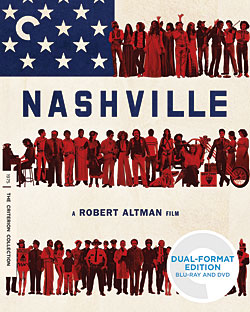 Shot during Watergate, Nashville is a clinic on how backroom politics works and how innocence and hope give way to corruption and cynicism. The film inexorably builds to a jarring tragedy for an America still reeling from the assassinations of the ’60s and the Vietnam War. And yet as wise and weary as it is, Nashville ends on a cautiously uplifting note. Violence strikes, and the characters you’d least suspect rise up and, for at least one rousing moment, pull the bloody mess back together.
Shot during Watergate, Nashville is a clinic on how backroom politics works and how innocence and hope give way to corruption and cynicism. The film inexorably builds to a jarring tragedy for an America still reeling from the assassinations of the ’60s and the Vietnam War. And yet as wise and weary as it is, Nashville ends on a cautiously uplifting note. Violence strikes, and the characters you’d least suspect rise up and, for at least one rousing moment, pull the bloody mess back together.
The image quality here is firmly in “better than it’s ever looked” territory, breathtakingly organic and alive. Criterion knows that preserving film grain is required to impart a cinematic feeling to digital video transfers, and no other company so consistently intuits the difference between artistic living grain and digital grunge. Blacks and contrast are excellent, with splashy, saturated colors. The DTS-HD Master Audio 5.1 soundtrack is perhaps more startling, perfectly balancing Altman’s constant engagement of deeply layered dialogue, and rendering the film’s many music sequences with natural warmth and striking openness and transparency. The extras are all essential, the highlights of which are three interviews and a commentary with Altman. This Criterion BD is an absolute gift!
Blu-Ray
Studio: Criterion, 1975
Aspect Ratio: 2.35:1
Audio Format:
DTS-HD Master Audio 5.1
Length: 160 mins.
MPAA Rating: R
Director: Robert Altman
Starring: Lily Tomlin, Henry Gibson, Keith Carradine


